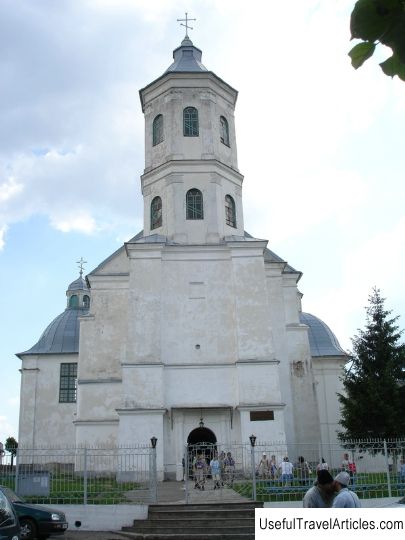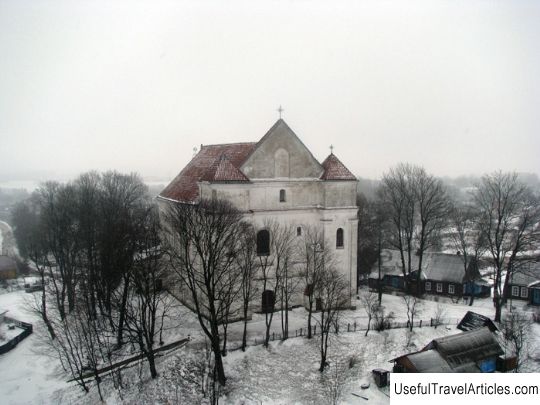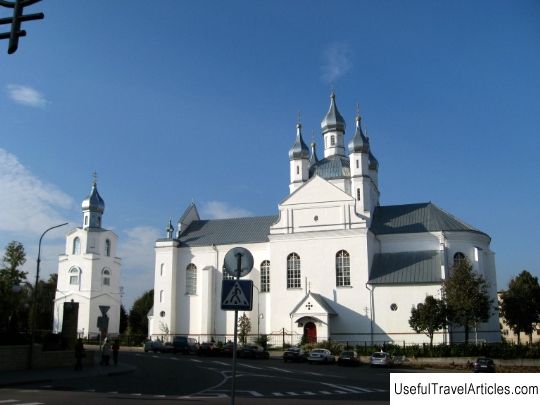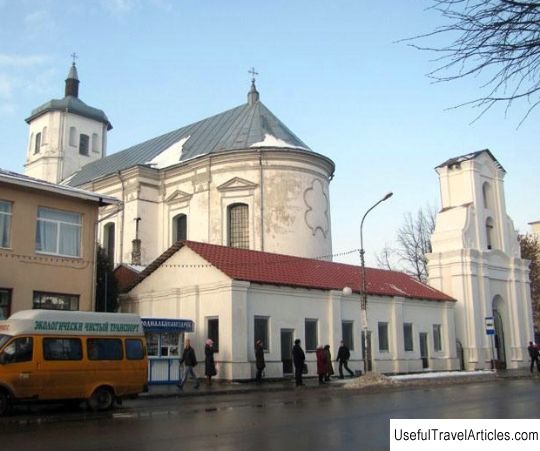The Farny Church of St. Andrew description and photos - Belarus: Slonim
Rating: 7,9/10 (5894 votes) 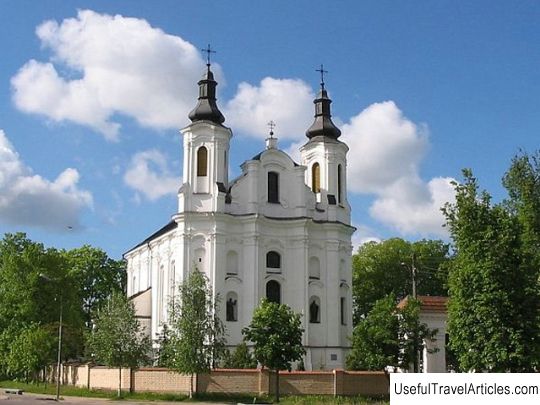
The Farny Church of St. Andrew description and photos - Belarus: Slonim. Detailed information about the attraction. Description, photos and a map showing the nearest significant objects. Photo and descriptionThe Farny Church of St. Andrew the Apostle in Slonim is an architectural monument of the Vilna Baroque style, built in 1775 on the initiative of Bishop Gedroyc and the priest of Ankuta. Before the church of St. Andrew was erected in stone, in its place there was a wooden church built by order of Casimir Jagiellonchik in 1490. In 1595, the wooden church was restored by order of Lev Spayega, the chancellor of the Grand Duchy of Lithuania. The church was burned down during the war between the Polish-Lithuanian Commonwealth and Muscovy in 1655-1661. After the Polish national liberation uprising in 1831, the church was closed, like many other Catholic churches located on the territory of the Russian Empire. During the First World War, the church was seriously damaged, but in 1925, When Slonim was a Polish town, the Farny Church was restored at the initiative of Priest Jan Weber and opened to believers. After the end of the Great Patriotic War, in the Soviet city of Slonim, all churches were closed by the authorities, and cucumbers were salted in the majestic St. Andrew's Church (there was a pickle warehouse). By popular request of believers, the temple was returned to the Catholic community in 1990. In 1993, restoration work was carried out under the direction of the architect V. Atas, and the frescoes were painted by the artists M. Zolotukh and U. Rakitsky. Nowadays it is a functioning parish church, where Catholic services are regularly held ... The interior of the church is designed in the Rococo style. The towers of the church are turned 45 degrees.      We also recommend reading Wine Village Weissenkirchen in der Wachau description and photos - Austria: Lower Austria Topic: The Farny Church of St. Andrew description and photos - Belarus: Slonim. |
